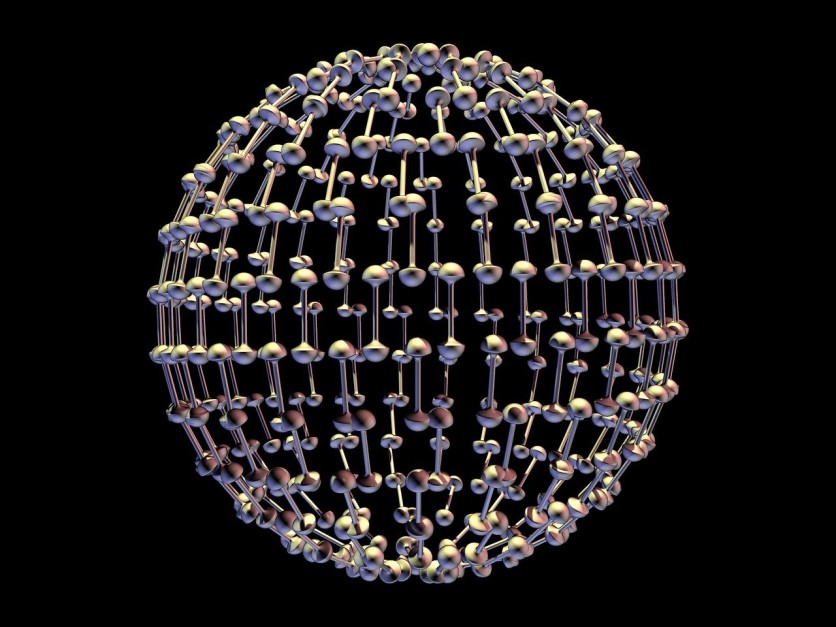Nanotechnology today is a rapidly advancing field that manipulates matter at the atomic and molecular scale, leading to revolutionary uses across diverse industries. The range of nanotechnology uses and nano tech applications continues to expand, driving innovations that affect everyday life, healthcare, electronics, energy, and environmental solutions.
What Are Some Surprising Nanotechnology Uses in Everyday Life?
Nanotechnology is already an integral part of daily life, often unnoticed. Sunscreens and cosmetics utilize nanoparticles to provide superior UV protection without compromising texture or transparency. Nanotech applications in textiles have produced stain-resistant fabrics and self-cleaning surfaces, making everyday products more durable and easier to maintain.
1. How Is Nanotechnology Transforming Medicine and Healthcare?
One of the most exciting nanotechnology uses is targeted drug delivery, wherein nanoparticles transport medication directly to diseased cells, like cancer tumors, increasing effectiveness while reducing side effects. Nanotech today also enables early disease detection with biosensors that spot biomarkers for illnesses such as cancer and Alzheimer's before symptoms arise.
Regenerative medicine benefits from nanoscale scaffolds that support tissue growth for wounds or spinal injuries. Smart implants coated or integrated with nanomaterials can monitor health in real time and adjust treatment responses. Antibacterial nanomaterials are increasingly used in hospitals to combat infections resistant to traditional antibiotics.
2. What Nano Tech Applications Are Revolutionizing Electronics and Devices?
Nanotechnology enhances electronics by enabling flexible displays and wearable sensors that conform to the body. Conductive inks containing nanoparticles facilitate printed electronics for RFID tags, smart packaging, and more.
Nanoparticle copper suspensions offer safer alternatives to hazardous materials in electronics manufacturing. These nano innovations contribute to smaller, faster, and more efficient devices.
3. How Is Nanotechnology Improving Energy Solutions Today?
Nanotech applications improve energy storage with graphene-based batteries and supercapacitors that offer higher capacity and rapid charging. Thin-film solar panels embedded with nanomaterials capture sunlight more effectively, enhancing renewable energy output. Emerging technologies harvest energy from body heat or friction using nanogenerators, supporting wearable electronics and IoT devices.
4. What Role Does Nanotechnology Play in Environmental Protection?
Nanotechnology today supports environmental sustainability through nanoscale catalysts that reduce harmful emissions in automotive catalytic converters. Nanomaterials also improve water purification by filtering contaminants at an atomic scale and enhance air filtration systems for cleaner air. Such nanofiltration technologies are gaining traction in wastewater treatment and desalination processes.
5. Are There Nanotech Applications in Sports and Consumer Products?
Nanotech applications boost the performance and durability of sports equipment, such as tennis racquets and lightweight protective gear. Consumer products benefit from nanocoatings that make eyeglasses scratch-resistant or automotive glass more resilient to impacts. These enhancements improve user experience and product lifespan without adding bulk or weight.
6. How Is Nanotechnology Impacting IoT (Internet of Things) Applications?
Nanosensors embedded in IoT devices enable real-time data collection and health monitoring at unprecedented precision. Nanotech today enhances wireless communication by improving signal strength and reducing power consumption in connected devices. This fusion of nanotechnology and IoT expands the possibilities for smart homes, wearable health tech, and industrial automation.
Read more: Nanotechnology Offers Hope with Oral Insulin Innovation, Revolutionizing Diabetes Treatment
What Is the Future Potential of Nanotech in Industry and Manufacturing?
Nanotechnology advances material science by creating nanomaterials with superior strength, conductivity, and flexibility for manufacturing and construction sectors. Nanoparticle use replaces toxic substances in electronics assembly, fostering safer industrial practices. The precision of nanoscale fabrication methods promises enhanced productivity and new product capabilities.
What Are Some Less Known but Advancing Areas of Nanotechnology Research?
Research into smart nano-implants aims to develop devices that can adapt dynamically within the body for personalized medicine. Nanopore technology enables gene sequencing and biomedical research with greater speed and accuracy.
Artificial enzymes created through nanotech replicate natural biological processes with improved efficiency, demonstrating the field's vast potential beyond current nano tech applications.
How Can Nanotechnology Change Daily Life in the Next Decade?
As nanotechnology integrates further into smart textiles and wearable health monitors, daily life will see more personalized and responsive technologies. Consumer electronics will continue shrinking in size while gaining power and functionality, aided by nanoengineering. Nanotech's role in environmental sustainability will grow, making products more energy-efficient and less wasteful, reshaping lifestyle habits and industrial practices.
Frequently Asked Questions
1. What safety measures are in place for handling nanomaterials in research and industry?
Nanomaterials require strict safety protocols due to their unique properties and potential risks. Guidelines recommend risk assessment, use of personal protective equipment (PPE) such as gloves, lab coats, and respirators, and engineering controls like ventilation systems to minimize exposure. Regulatory bodies enforce labeling and hazard communication to protect workers and consumers during the entire lifecycle of nanomaterials.
2. Are there specific regulations governing the use of nanotechnology in consumer products?
Currently, there are limited nanotechnology-specific regulations. However, existing chemical safety laws, such as the Toxic Substances Control Act (TSCA) in the U.S., are applied to nanomaterials. Authorities require manufacturers to conduct toxicity testing, risk evaluations and provide appropriate labeling to ensure safe use in agriculture, medicine, and consumer goods.
3. How do nanotechnology applications impact environmental sustainability?
Nanotech contributes to sustainability by improving pollutant removal via nanocatalysts and enhancing water purification technologies. However, the environmental impact of nanomaterials themselves is under study, prompting recommendations for precautionary handling and thorough evaluation of potential toxicity and bioaccumulation to avoid unintended ecological consequences.
4. What challenges exist for widespread adoption of nanotechnology in manufacturing?
Key challenges include ensuring consistent quality control at the nanoscale, managing potential health and environmental risks, and the cost of scaling up nano fabrication processes. Overcoming these requires advances in regulatory standards, safer material design, and development of cost-effective production methods to realize the full industrial potential of nano tech applications.
ⓒ 2025 TECHTIMES.com All rights reserved. Do not reproduce without permission.





